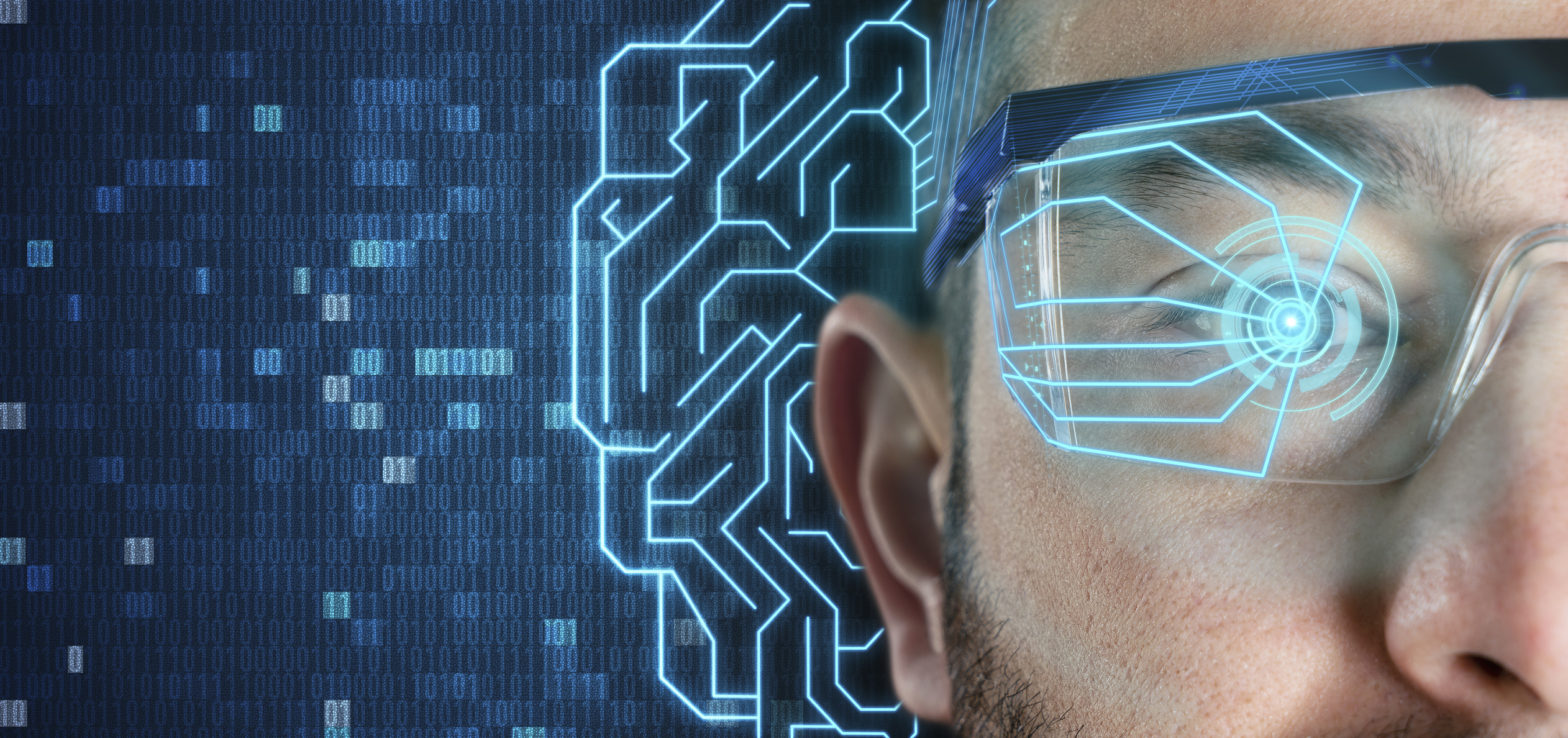Depression and anxiety are both serious mental health conditions that affect the daily functioning of hundreds of millions of people around the world. Recent statistics—taken after the onset of the COVID-19 pandemic—regarding the prevalence of depression and anxiety in the United States alone suggests that 3 in 10 Americans—more than 30%—struggle with symptoms of depression and/or anxiety.
There are many treatments that exist for depression and anxiety. Medications and therapies designed specifically to treat the symptoms of these disorders are among the most popular traditional treatments. However, many of these treatments remain ineffective for some people or are too expensive for others to access. This leaves millions of people around the world to struggle and suffer through their symptoms of depression and/or anxiety. Severe symptoms of depression and anxiety can leave people unable to work or even get through the tasks involved in their daily lives.
Surprisingly, virtual reality technology has surfaced as a possible effective treatment for the symptoms of depression and anxiety. The use of VR tech for treating mental health disorders is still very new. However, preliminary evidence supports the idea that virtual reality can be effective in providing lasting relief for some of the most persistent symptoms of depression and anxiety that may be resistant to traditional treatment methods for many people.
The Treatment of Anhedonia Through Virtual Reality Experiences
Most traditional treatments for depression and anxiety target and treat the negative symptoms of depression and anxiety. These symptoms include feelings of hopelessness, sadness, and of course anxiety. However, these treatments tend to be less effective overall at successfully treating patients’ lack of positive symptoms. These symptoms include feelings of apathy and anhedonia—an inability to feel pleasure and interest or enjoy experiences.
Virtual reality technology offers a unique opportunity for patients who suffer from anhedonia. It gives them the chance to virtually immerse themselves in positive experiences that may be absent from their real lives. These experiences include spending time with a pet, attending a packed sporting event, and spending time in beautiful natural environments.
Early evidence shows that repeated exposure to these positive virtual experiences can help alleviate patients’ feelings of anhedonia. This exposure can thereby increase the interest and pleasure that patients feel in their everyday lives.
The Virtualization of Cognitive Behavioral Therapy
Cognitive behavioral therapy—CBT—has proven to be one of the most effective therapeutic treatment methods for both depression and anxiety. However, receiving regular CBT from a licensed mental health professional can be very costly.
As such, many patients who struggle with symptoms of depression and anxiety forgo CBT because they simply cannot afford it. Virtual reality is able to incorporate behavioral activation, cognitive restructuring, social skills training, and immersive psycho-education in order to create virtual CBT interventions that patients can experience without the intervention of a licensed mental health professional.
Eventually, this could allow depression and anxiety patients to receive CBT and reap its benefits without having to pay out of pocket to receive intervention from a licensed mental health professional.
Virtual reality might not be the first thing that comes to mind when you think of mental health disorder treatments. However, VR tech might just be the next big thing in the world of mental health disorders. If it is able to help even a small amount of people dig themselves out of the hole of their depression and/or anxiety symptoms, virtual reality interventions for depression and anxiety are definitely worth pursuing.

